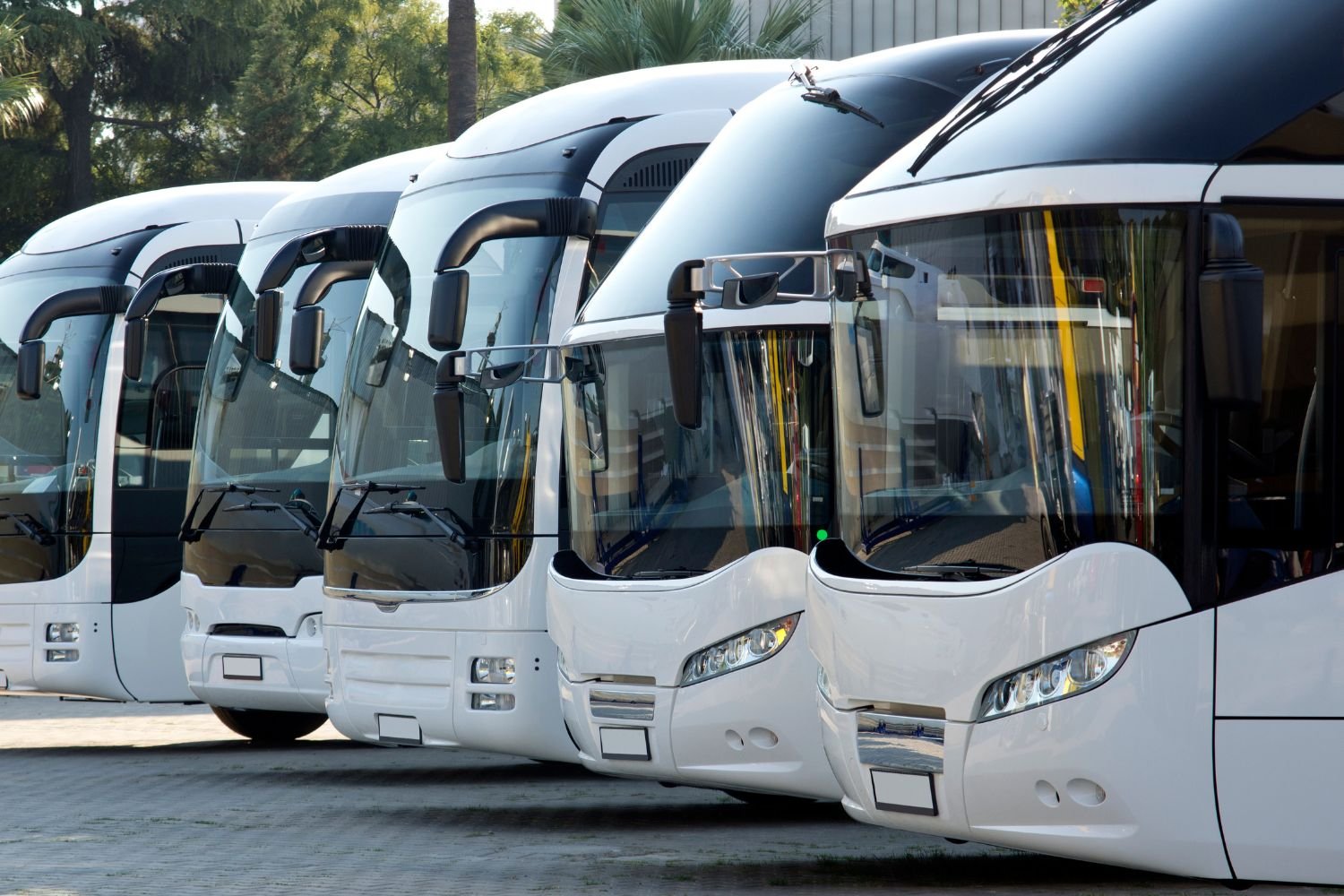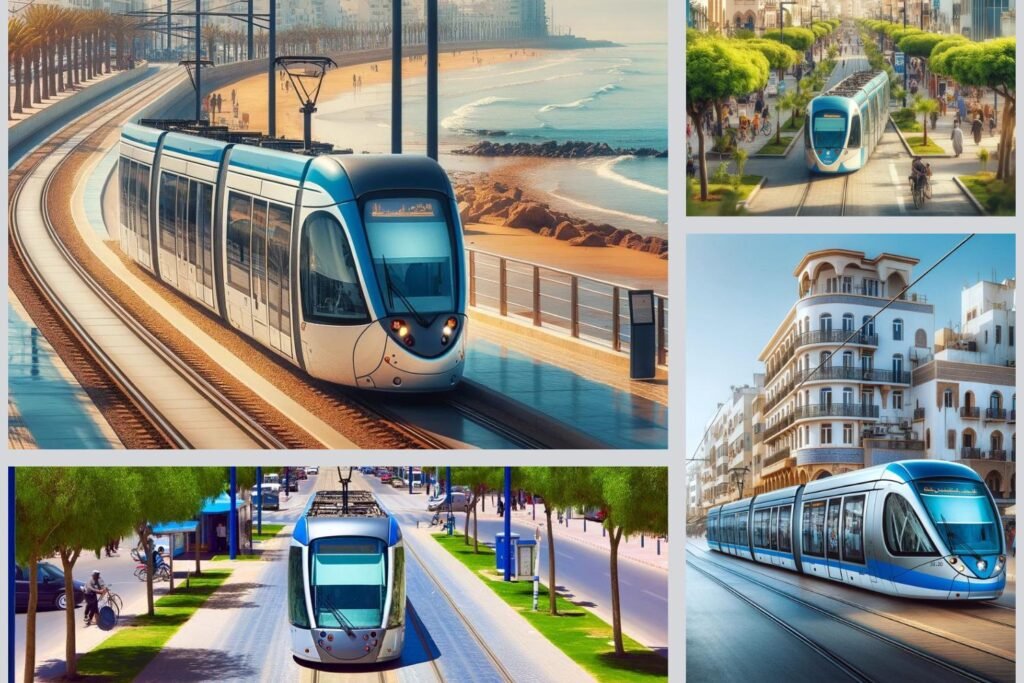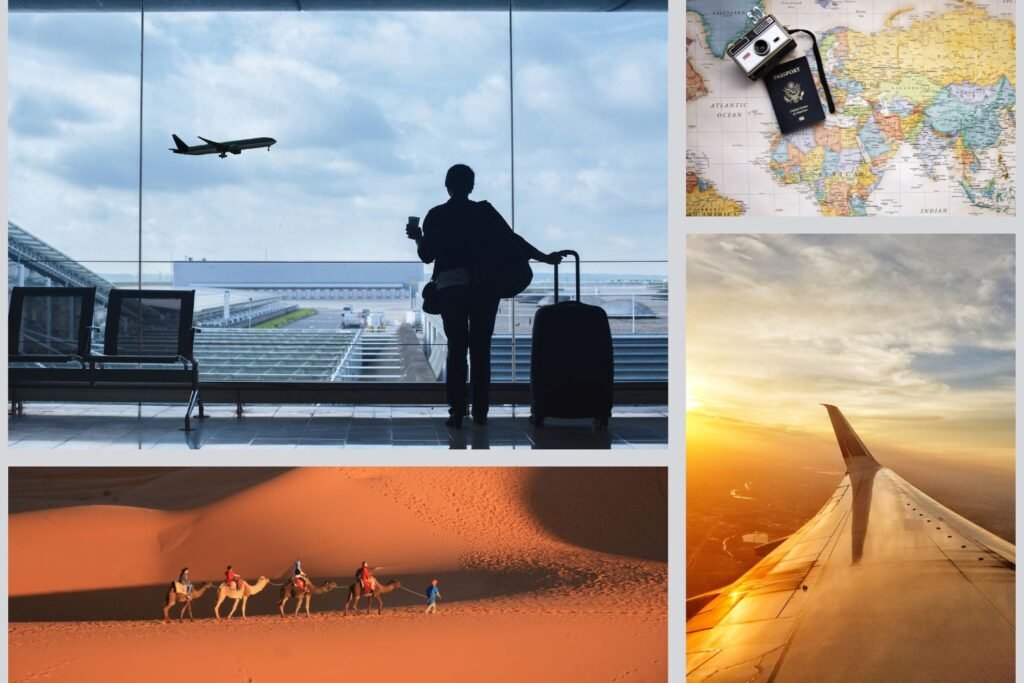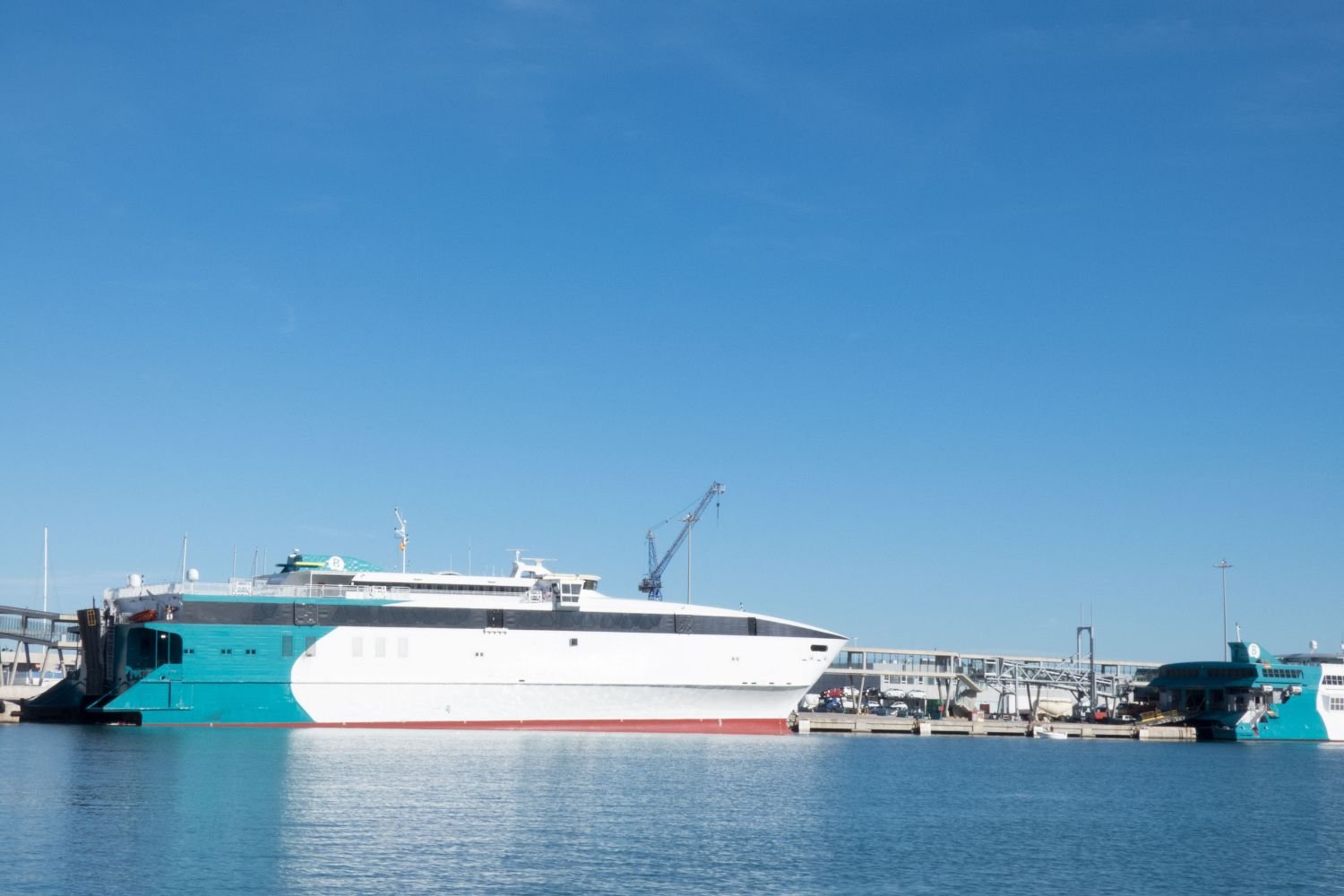Bus Services in Morocco
Date: May 14, 2024 By admin Categories: Transportation in Morocco No comments
Bus Services in Morocco
Morocco, a country of diverse landscapes and rich history, offers an extensive network of bus services that cater to both locals and tourists. The bus system in Morocco is one of the most popular and affordable ways to travel between cities and explore the remote corners of the kingdom. This article provides a detailed overview of the bus services in Morocco, covering various aspects from major operators to essential travel tips.
Overview of Bus Services in Morocco
Morocco’s bus network is extensive, connecting major cities like Casablanca, Marrakech, and Fes, as well as smaller towns and rural areas. The buses range from luxurious coaches to more basic local services, providing options for all budgets and preferences. These services are crucial for daily commutes, inter-city travel, and tourism, making them an integral part of Moroccan travel.
Major Bus Operators in Morocco
Several key players dominate the bus service industry in Morocco. Here are a few of the most reputable:
CTM (Compagnie de Transports au Maroc):
- CTM is one of Morocco’s oldest and most respected bus companies. It offers extensive coverage with regular services to major cities and tourist destinations. CTM is known for its reliability, comfort, and relatively higher prices. The buses are well-maintained, and amenities include air conditioning, reclining seats, and on some routes, Wi-Fi.
Supratours:
- Often integrated with train services provided by ONCF, Morocco’s national railway, Supratours buses serve regions that are not accessible by rail. Supratours is preferred for its punctuality and comfort, making it a favored choice among tourists.
Local Bus Companies:
- Numerous smaller, local companies operate shorter routes throughout Morocco. These buses are usually less expensive but might not offer the same level of comfort as CTM or Supratours.
Choosing the Right Bus Service
Selecting the right bus operator depends on your priorities—whether it’s cost, comfort, or convenience. CTM and Supratours are ideal for those looking for reliability and comfort, whereas local buses can be a more economical option, though they might be less comfortable and have more frequent stops.
Ticketing and Reservations
Tickets for bus trips in Morocco can often be purchased at the station on the day of travel, but for popular routes or during peak tourist seasons, it’s advisable to book in advance. CTM and Supratours offer online booking options, which is a convenient way to secure a seat. Local bus tickets are typically bought at the bus station ticket counters.
Popular Bus Routes
Marrakech to Essaouira:
- This route is highly popular among tourists for its scenic views and the charming coastal town of Essaouira at its end. Both CTM and Supratours offer multiple trips daily.
Casablanca to Fes:
- A vital link between Morocco’s largest city and its cultural capital, this route is frequented by locals and tourists alike. The journey offers an insight into the changing landscapes of Morocco.
Tangier to Chefchaouen:
- The route from the bustling port city of Tangier to the picturesque blue city of Chefchaouen is a favorite for photographers and culture enthusiasts.
Safety and Comfort
Safety on Moroccan buses is generally good, with major operators like CTM and Supratours maintaining high standards. However, it’s wise to keep personal belongings secure, especially on crowded local buses.
Regarding comfort, long-distance buses are equipped with air conditioning and reclining seats, while local services might offer basic amenities. Regardless of the operator, it’s recommended to bring water, snacks, and perhaps a cushion for longer journeys.
Tips for Traveling by Bus in Morocco
- Plan Ahead: Check schedules and book tickets in advance, especially during high season.
- Pack Essentials: Water, snacks, and entertainment like books or music can make long journeys more enjoyable.
- Dress Comfortably: Especially for long trips, comfortable clothing and shoes are a must.
- Keep Valuables Safe: Always watch your belongings, and use luggage compartments for larger bags.
- Learn Basic Arabic or French Phrases: Knowing simple phrases can be helpful in navigating bus stations and communicating with locals.
- Traveling by bus in Morocco offers a unique opportunity to see the country’s stunning landscapes and immerse in its vibrant culture at an affordable price. With proper planning and the right choice of bus service, both the seasoned traveler and the first-time visitor can enjoy a comfortable and enriching travel experience across Morocco. Whether you choose the luxury of CTM, the convenience of Supratours, or the economy of local buses, the roads of Morocco open up a world of possibilities and adventures waiting to be explored.
































